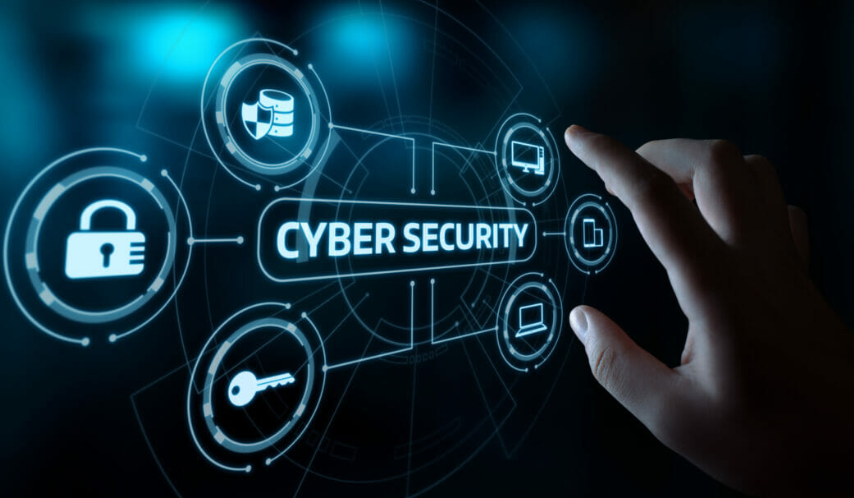Key Takeaways
- Understanding the importance of IT security in small businesses
- Strategies to identify and mitigate IT security risks
- Best practices for ongoing IT security management
The Importance of IT Security
IT security is crucial for small businesses to protect sensitive data, maintain customer trust, and avoid legal penalties. Businesses must be informed on the newest security issues since cyber threats are ever-evolving. Even a minor breach can be catastrophic, leading to financial loss and reputational damage. Arctic IT provides resources and information that can help small businesses strengthen their IT security measures. With data breaches becoming more frequent, safeguarding sensitive information is more critical than ever. Small businesses often believe they aren’t targets, but cybercriminals frequently aim for these businesses due to perceived weaker defenses.
Identifying Security Risks
The first step in securing your IT systems is to identify potential risks. Conduct regular risk assessments to uncover vulnerabilities within your network, software, and devices. Keep yourself aware of typical online hazards, including malware, ransomware, and phishing scams. Resources like the Cybersecurity and Infrastructure Security Agency can provide valuable information on emerging threats. Identifying risks involves understanding the specific threats your business faces. This includes both external threats like hackers and internal threats such as dissatisfied employees or inadvertently negligent staff. An effective risk assessment considers all entry points and sensitive data locations, ensuring a thorough evaluation.
Strategies for Mitigating IT Security Risks
Once risks are identified, develop a comprehensive strategy to mitigate them. This may include installing firewalls, using antivirus software, and implementing secure data backup solutions. Sensitive information should be encrypted to prevent unwanted access. Update software frequently to fix vulnerabilities, and speak with IT specialists to make sure all security precautions are taken. In order to filter malicious traffic, firewalls operate as a barrier between trusted internal networks and untrusted external networks. Malicious software is found and eliminated by antivirus software, offering a crucial line of protection. Maintaining regular backups guarantees that recovery from data compromises can occur with the least amount of disturbance.
- Firewalls and Antivirus Software: These are the first lines of defense in controlling access and protecting against malicious software.
- Data Encryption: Encrypting sensitive information ensures that even if data is intercepted, it cannot be easily read or misused.
- Regular Updates: Software updates are crucial for fixing security flaws. Set systems for automatic updates to prevent delays in applying patches.
The Importance of Employee Training
Employees are often the first line of defense against cyber threats. Therefore, it’s crucial to provide regular training on IT security best practices. Educate staff on recognizing phishing emails, using strong passwords, and following secure data handling procedures. Consider implementing a cybersecurity policy that outlines acceptable behaviors and protocols. To keep staff members informed on the most recent risks and best practices, training should be continuous and include frequent refreshers. Phishing simulations based on real-world scenarios can be very useful in assisting staff members in identifying and handling genuine threats.
Create a Cyber-Aware Culture
Encourage a culture in which staff members are aware of their responsibility for security. This can be achieved through regular workshops, phishing simulations, and easy-access resources on IT security. When employees are vigilant and informed, they become an integral part of the security infrastructure, often catching threats before they can cause significant harm.
Keeping Up with Regular Security Updates
Keeping your IT systems up-to-date is vital for maintaining security. Ensure that all software—including operating systems and applications—is routinely updated to the most latest versions. Configure automatic updates if at all possible. It’s also crucial to periodically review and update your security policies and procedures in order to tackle new evolving threats. System vulnerabilities are often exploited through outdated software, making timely updates a critical component of risk management. Scheduling regular audits can help identify outdated software and potential vulnerabilities, ensuring that all systems remain secure.
Implementing Authentication Methods
Strong authentication methods are critical for preventing unauthorized access to sensitive information. Implement multi-factor authentication (MFA) to add an extra layer of security. Encourage employees to use complex, unique passwords for different accounts. Consider using password management tools to securely store and manage login credentials. Multi-factor authentication combines something you know (password) with something you have (mobile device), significantly reducing the chance of unauthorized access. Password policies should enforce complexity and uniqueness, ensuring that passwords cannot be easily guessed or reused.
Password Best Practices
- Use a combination of numbers, letters, and special characters.
- Change passwords regularly and avoid reusing old ones.
- Enable MFA whenever possible to add another layer of security.
Ongoing Monitoring and Review
Effective IT security requires continuous monitoring and review. Regularly audit your systems to detect and respond to potential security incidents promptly. Utilize intrusion detection systems and other monitoring tools to monitor network activities. Periodic reviews of security protocols can help ensure your measures are effective and up-to-date. Monitoring tools can detect unusual activities, allowing immediate response to potential breaches. By taking a proactive stance, little problems are caught early and don’t grow into big security incidents.
- Audit Logs: Maintain detailed logs to trace any suspicious activities.
- Security Reviews: Regularly review your IT security policies to adapt to new threats.
- Intrusion Detection Systems: Make use of these systems to keep an eye on network activity and notify you of any threats.
Final Thoughts
Managing IT security risks is an ongoing process that requires vigilance and proactive measures. Small firms can greatly lessen their susceptibility to cyber threats by realizing the significance of IT security, spotting possible dangers, and putting strong plans into place. Regular training, updates, and monitoring are essential to maintaining a secure IT environment. Stay informed and adapt your security practices to protect your business and its valuable data. Implementing these strategies not only safeguards sensitive information but also ensures business continuity and fosters customer trust, which is critical for long-term success.

